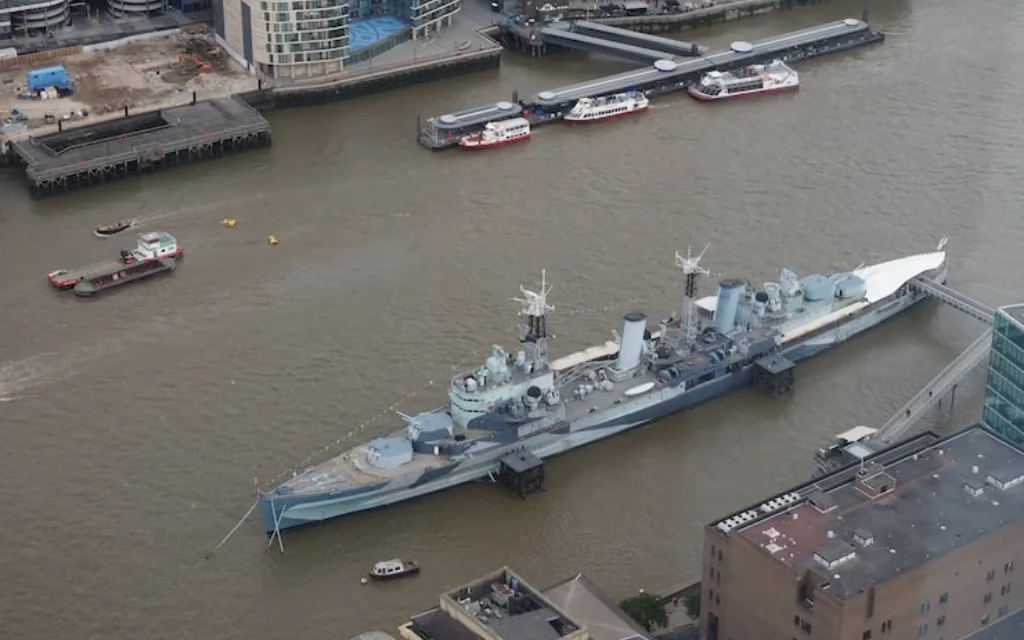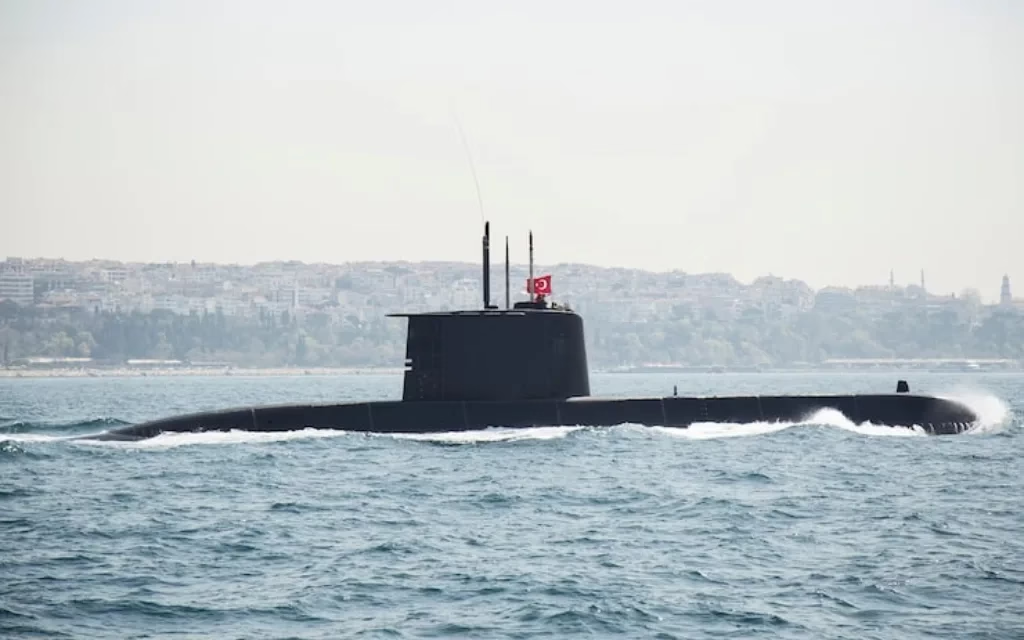The Government pledges $12b to nuclear submarine precinct in Perth, a decision that has immediately drawn attention both at home and abroad. More than a defence spending figure, it is a political statement, a diplomatic card, and an economic lifeline for Western Australia. For Prime Minister Anthony Albanese, this moment is about walking into his long-awaited meeting with US President Donald Trump with tangible proof of Australia’s commitment to the AUKUS pact. For ordinary Australians, it raises bigger questions about what this means for their country’s economy, security, and global standing.
Government Pledges $12b to Nuclear Submarine Precinct as a Defence Milestone
When the announcement was made, it marked a turning point. The Government pledges $12b to nuclear submarine precinct is not simply about pouring concrete into the Henderson Defence Precinct; it is about reshaping the nation’s defence strategy for decades to come.
The Henderson site in Perth has been central to naval shipbuilding for years, but until now, it lacked the world-class facilities needed to maintain nuclear-powered submarines. This investment will change that. The construction of graving docks will mean Australia can pull a submarine entirely out of the water for deep-cycle maintenance — a capability currently only available in a handful of sites worldwide.
Defence experts argue that this not only makes Australia more self-reliant but also allows the country to offer support to allies. If a US submarine needs urgent work while operating in the Indo-Pacific, Perth could become a go-to base, reducing the need to send vessels back to shipyards in Hawaii or Virginia.
Government Pledges $12b to Nuclear Submarine Precinct ahead of Albanese’s US trip
The timing of the Government pledges $12b to nuclear submarine precinct is no accident. Prime Minister Albanese is preparing for a high-stakes visit to the United States, where he will attend the UN General Assembly as well as finally meet Trump face-to-face. Their planned encounter has been delayed multiple times, often overshadowed by international crises, including the ongoing war in the Middle East.
Arriving in Washington with a $12 billion defence commitment is more than symbolism. It is a shield against criticism that Australia is not pulling its weight in the alliance. The Trump administration has consistently demanded more — pressing Canberra to boost its defence budget from 2 per cent to 3.5 per cent of GDP.
By announcing this project now, Albanese can walk into meetings with proof that Australia is investing heavily in shared defence priorities, even if he resists Washington’s push for a budget hike to 3.5 per cent.

Government Pledges $12b to Nuclear Submarine Precinct to keep AUKUS Alive
The AUKUS pact — the trilateral security agreement between Australia, the US, and the UK — has always been ambitious. Critics doubted whether the US could meet its own submarine-building needs while delivering on Australia’s order. Those doubts grew louder when US Under Secretary of Defence Elbridge Colby called for a review of the pact.
This is why the Government pledges $12b to nuclear submarine precinct matters so much. By building the world-class Henderson facility, Australia signals it is not a passive buyer waiting for delivery. Instead, it is actively building the infrastructure needed to make AUKUS work. For Washington, it is reassurance. For Canberra, it is insurance against a worst-case scenario where US production delays threaten submarine delivery.
Sources in the Pentagon have hinted that Colby’s review was less about scrapping AUKUS and more about pressuring Australia to increase its overall defence contribution. If that is true, then this $12 billion pledge may help settle some of those concerns.
Government Pledges $12b to Nuclear Submarine Precinct as a Jobs Powerhouse
Defence spending often sounds abstract, but the Government pledges $12b to nuclear submarine precinct is also about livelihoods. Albanese has promised that more than 10,000 jobs will be created in Western Australia through this project.
For Perth, this is transformative. The region already benefits from defence-related industries, but this scale of investment means thousands of workers in construction, engineering, welding, and advanced manufacturing will find long-term employment. Local universities as well as the TAFE colleges are expected to develop specialized training courses to prepare the next generation of workers for high-tech naval industries.
Beyond jobs, the local economy will experience flow-on effects. Small as well as medium-sized businesses that supply steel, electronics, logistics, and catering will see contracts and growth opportunities. It is an ecosystem that turns a defence project into an economic engine for decades.

Government Pledges $12b to Nuclear Submarine Precinct Strengthens US-Australia Ties
The Navy of the United States is always under pressure to keep its submarines in good shape. It now has forty-eight attack submarines but around a third of them are always out of service for repair. There are only four big shipyards that can handle this work, thus there will be delays.
The government promises $12 billion to build Nuclear submarines, which will solve the problem. When it opens, Perth’s Henderson site will be the fifth place for deep maintenance, helping both the Australian as well as US fleets. This is more than just convenience; it’s a sign of stronger military collaboration, with Australia directly helping to make the US Navy ready.
Washington sees this as evidence that the Australia is becoming a more important strategic partner. For Australia, this means working more closely with US defense systems, doing joint military exercises, as well as being better able to deal with threats in the region.
Government Pledges $12b to Nuclear Submarine Precinct and the Future of Naval Technology
The Government pledges $12b to nuclear submarine precinct is not only about today’s submarines. It is also about preparing for future warfare. The Albanese government recently committed $1.7 billion to the “Ghost Shark” program, which will produce autonomous underwater drones. Defence analysts believe such drones will work alongside nuclear submarines in future operations, giving Australia both manned and unmanned undersea capabilities.
This raises the possibility that Henderson will eventually become a hub not just for submarines but also for cutting-edge naval technologies — from drone testing to cyber defence systems integrated with undersea warfare. By investing now, Australia is buying a seat at the table in the evolution of modern naval power.

Government Pledges $12b to Nuclear Submarine Precinct Faces Economic Trade-Offs
Supporters of the Government pledges $12b to nuclear submarine precinct argue it is vital for national security. Critics, however, point to the sheer cost. Defence spending is already around 2 per cent of GDP. If Canberra bowed to Washington’s demand for 3.5 per cent, it would cost an additional $210 billion over the next decade. That figure is nearly equivalent to the federal government’s entire aged care budget.
This creates difficult questions. Should Australia prioritize submarines over hospitals, schools, and aged care? Albanese insists that the government will determine defence spending levels independently, but the pressure is real. Some fear that Australia may be drawn into a US-led arms race at the expense of domestic needs.
Government Pledges $12b to Nuclear Submarine Precinct as a Century-Long Investment
One of the most striking features of the Government pledges $12b to nuclear submarine precinct is its longevity. Graving docks — once built — can last for more than a century. This means that the Henderson site will serve future generations of Australians long after today’s debates are forgotten.
There is also interest from superannuation funds in investing in parts of the project. For them, the appeal lies in its predictability. Defence facilities require ongoing maintenance, upgrades, as well as workforce support, offering long-term returns. In that sense, this project is not only a military investment but also a financial asset that could reshape Australia’s industrial base for decades.
Government Pledges $12b to Nuclear Submarine Precinct and Global Diplomatic Stakes
Finally, the Government pledges $12b to nuclear submarine precinct carries weight beyond Australia’s shores. It will be closely watched in London, where the UK is also a key partner in AUKUS under Prime Minister Keir Starmer. It will be noted in Beijing, which has been critical of AUKUS and views Nuclear submarine deals as destabilizing. And it will resonate in NATO capitals, where nations have already raised their defence spending in response to global tensions.
For Albanese, the pledge is a balancing act: showing allies that Australia is serious, while reassuring Australians that the country is still in control of its own defence policies.
FAQs
1. Why is the Government pledges $12b to nuclear submarine precinct such a big deal?
Because it represents one of the largest defence infrastructure commitments in Australian history, shaping the nation’s role in the AUKUS pact.
2. How many jobs will the Government pledges $12b to nuclear submarine precinct create?
More than 10,000 jobs in construction, engineering, advanced manufacturing, and local industries linked to defence.
3. Does the Government pledges $12b to nuclear submarine precinct mean higher defence spending overall?
It raises spending closer to 2.8 per cent of GDP when infrastructure is counted, but it stops short of the 3.5 per cent target pushed by Washington.
4. What risks come with the Government pledges $12b to nuclear submarine precinct?
Critics warn of financial strain, over-reliance on the US, and the possibility of Perth becoming a target in regional conflict scenarios.
5. How long will the Government pledges $12b to nuclear submarine precinct matter?
The graving docks and facilities will last for more than 100 years, making it one of the most enduring defence investments in Australian history.





